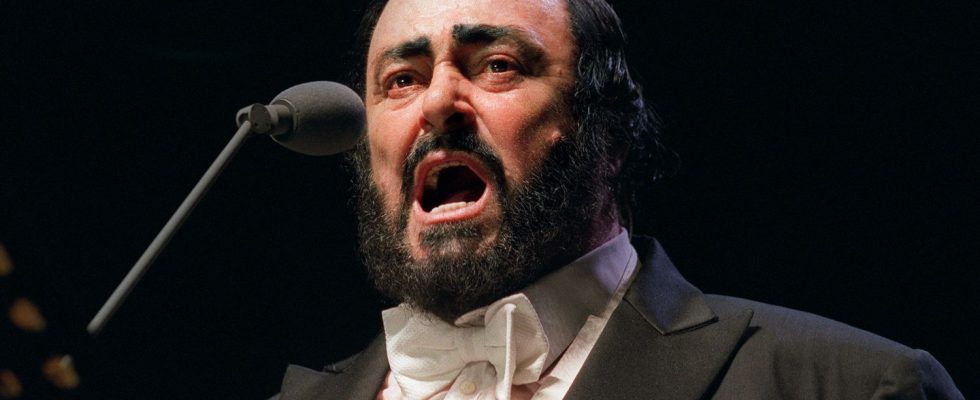The UNESCO safeguarding committee, meeting in Botswana, has included Italian lyrical singing and the bolero as intangible heritage
Published
Reading time: 3 min

UNESCO integrated Italian lyrical singing into its intangible heritage on Wednesday, December 6, a decision hailed by Rome as recognition of a mark of “global excellence”. On Tuesday, the bolero was included, at the request of Cuba and Mexico.
From Scarlatti to Verdi via Monteverdi, the great Italian opera arias are sung all over the world, embellished by famous interpretations like that of tenor Luciano Pavarotti (1935-2007). “Transmitted orally between a maestro and a student, this practice promotes collective cohesion and sociocultural memory. It is a means of free expression and intergenerational dialogue, its cultural value is recognized at the national and international level,” estimates UNESCO. The institution defines this art as “a physiologically controlled singing technique that intensifies vocal power in acoustic spaces such as auditoriums, arenas and churches”.
“Italian provokes the greatest emotion”
“After a long and meticulous work (…) it is an official consecration of what we already knew: opera singing is a (brand of) world excellence, among those which best represent us through the planet”, rejoiced Italian Culture Minister Gennaro Sangiuliano in a press release. “Opera was born in Italy”, reminded AFP in May 2022 the Frenchman Stéphane Lissner, director of the San Carlo Theater in Naples, inaugurated in 1737 and as such the oldest opera house in the world.
But why would Italian opera be more legitimate to be included in the intangible heritage of humanity than its French or German counterparts? For Stéphane Lissner, who also directed the prestigious Scala in Milan, “the way of singing with this Italian language undoubtedly provokes, whether we agree or not, the greatest emotion among opera lovers.”
“The bolero is a feeling”
“It’s music that makes you come alive” says Cuban singer Migdalia Hechavarría, upset to learn that the bolero was listed this Tuesday as the intangible heritage of humanity by UNESCO. In her house in Havana, the 82-year-old singer – 60 of whom are dedicated to the emblematic romances of Cuba and Mexico – celebrates the good news by performing Me faltabas tú (“I missed love, I missed peace, I missed you…”), one of his favorites.
“The bolero is a feeling, it is a sweet thing, so that people can savor it, so that those who want to fall in love can give free rein to their love, so that those who want to give a kiss can kiss”, continues Hechavarría, a regular at Gato Tuerto, a bolero bastion in the Cuban capital.
Born in Cuba before moving to Mexico
The bolero was born in Santiago de Cuba in the southeast of the island at the end of the 19th century with Tristeza by Pepe Sánchez, before reaching neighboring Mexico. In 1932, it was a Mexican, Consuelo Velázquez, known by her diminutive Consuelito, who wrote Bésame muchothe most famous bolero in the world covered by Nat King Cole, Frank Sinatra and the Beatles.
The golden age of Mexican cinema (1940-60) popularized the genre in Latin America, with actor Pedro Infante and singer-songwriter Agustín Lara. Cuban “boleristas” like Benny Moré or Rita Montaner made careers in Mexico, where the fame of trios like Los Panchos crossed borders.
The Intergovernmental Committee for the Safeguarding of Intangible Cultural Heritage, which has been meeting since Monday in Botswana, should validate the inscription of 55 new elements, presented from the angle of community traditions, including ceviche, loincloth and rickshaw painting.
